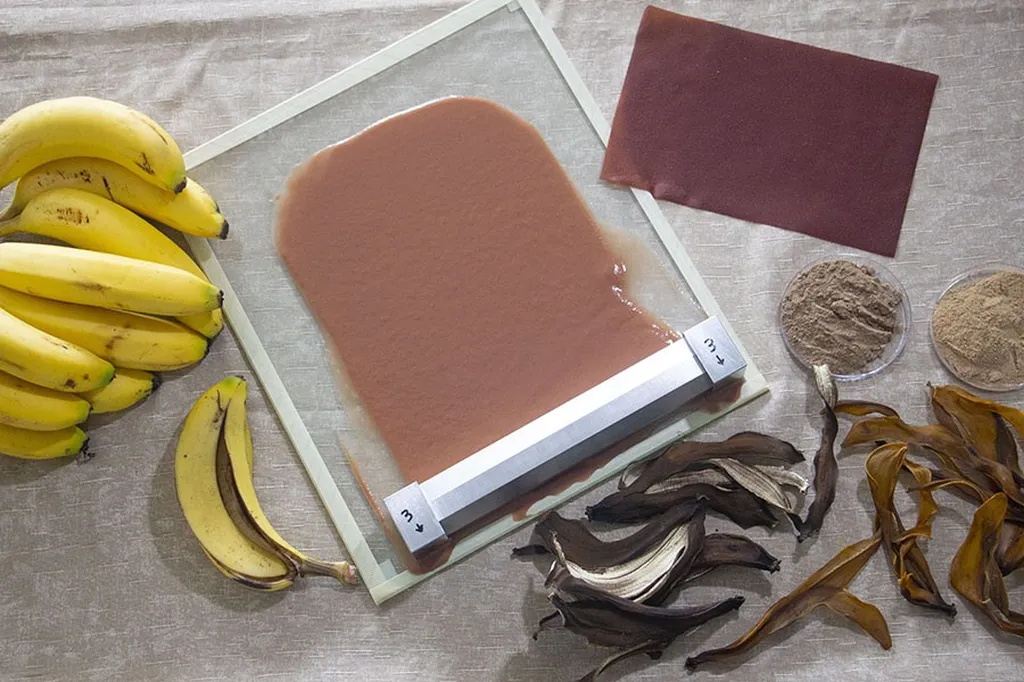In a world grappling with waste management and sustainability, a humble agricultural byproduct is stepping into the spotlight. Banana peels, long considered mere waste, are now being recognized for their rich nutritional and functional properties, offering a green, sustainable insight into waste management and food innovation. This shift in perspective could significantly impact the agriculture sector, opening new avenues for commercial exploitation and waste valorization.
A recent review published in *Applied Food Research* highlights the potential of banana peels (BPs) in various industries, from food and biomedical to environmental sectors. The lead author, Gizem Kezer, from the Department of Molecular Food Chemistry and Food Development at Leibniz University Hannover and the Department of Agricultural Biotechnology at Kırşehir Ahi Evran University, emphasizes the multifaceted benefits of banana peels. “Banana peels are rich in antioxidants, phenolic compounds, dietary fiber, and essential minerals,” Kezer notes. “Their high phytochemical content makes them a promising ingredient for developing functional foods.”
The review underscores the potential of banana peels in enhancing the nutritional and functional properties of food products. Incorporating BPs into products like flour, bakery items, and meat alternatives not only boosts their nutritional value but also aligns with circular economy principles. “Adding banana peels to food products supports sustainability by reusing waste,” Kezer explains. “This approach reduces environmental pollution and promotes a more sustainable food system.”
The commercial implications for the agriculture sector are substantial. With the global push towards sustainability and waste reduction, banana peels present a low-cost, biodegradable, and highly functional resource. The review suggests that the reduction of anti-nutrients through appropriate processing methods can further enhance the safety and functionality of BP-based products. This could lead to innovative applications in food packaging, bioplastics, and biofuel production, creating new market opportunities for farmers and agribusinesses.
Moreover, the use of banana peels aligns with broader trends in food waste valorization. Similar to other agricultural byproducts like orange peel and used coffee grounds, banana peels offer a valuable resource that can be repurposed to create high-value products. This shift towards utilizing agro-industrial waste not only reduces environmental impact but also adds economic value to the agriculture sector.
As the world continues to seek sustainable solutions, the potential of banana peels in various industries is becoming increasingly apparent. The research by Kezer and her team provides a comprehensive overview of the nutritional profile and bioactive properties of banana peels, paving the way for future innovations. “The emerging trends for future utilization of banana peels are promising,” Kezer states. “Their potential in functional foods, biomedical applications, and environmental sectors offers a sustainable path forward.”
In conclusion, the research highlights the untapped potential of banana peels, offering a green, sustainable insight into waste management and food innovation. As the agriculture sector continues to evolve, the incorporation of banana peels into various products could shape future developments, promoting sustainability and economic growth. With the findings published in *Applied Food Research*, the stage is set for further exploration and commercial exploitation of this valuable resource.

